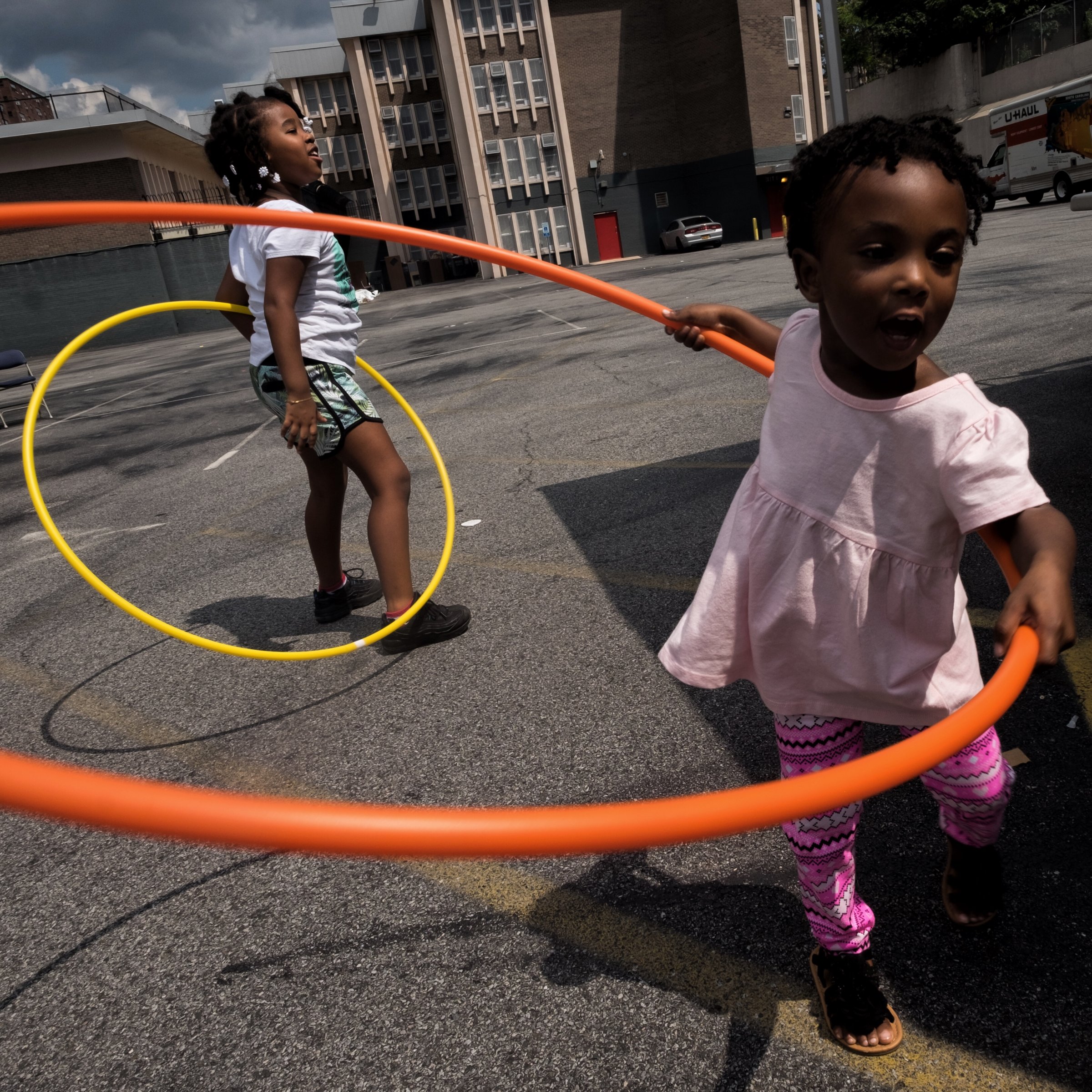
Jon Santiago’s photograph shows two little girls playing with colorful hula-hoops in Claremont Village in the Bronx borough of New York City. The sense of happiness that radiates from the picture stands in stark contrast to the negative associations that the borough has dealt with since at least the 1970s. There are no undertones of violence or crime. The photograph presents an ordinary and familiar moment in a child’s life.
This image isn’t, in itself, newsworthy, but for the photographers behind the Everyday Everywhere project it’s an integral part of the Bronx’s story.
Launched first with Everyday Africa and then around the world in a series of spin-off Instagram feeds, Everyday Everywhere aims to dispel the photographic clichés that affect our understanding of the world, showcasing images that offer new perspectives on the places it covers. Now, the movement is bringing all of its feeds together on one platform. “We’re not just a trend of Instagram feeds, we’re a network,” says Peter DiCampo, the co-founder of Everyday Africa.
Powered by Storyfriend and financed by the non-profit PhotoWings, the platform offers a stream of all photographs published on 21 different accounts under the Everyday banner, from Everyday Bronx to Everyday Iraq and Everyday Nepal. It also presents a curated selection of images submitted by the projects’ own audiences and communities. “It is a way for our audience to dive deeper into the Everyday story globally, and to participate themselves on a deeper level,” DiCampo tells TIME. “There is a need for multiple perspectives on news stories, social issues, events, etc.”
This desire to offer such perspectives is what convinced Storyfriend, a content-aggregating app, to power the new platform. “When you connect the kind of stories that a few highly skilled photographers can do, with the kind of stories that thousands of amateurs can build together, you get something that no existing media can deliver,” says Bjarke Myrthu, Storyfriend’s CEO. “You get the captivating nature of a few decisive moments, as well as the breath and depth of thousands of photographs. So it’s both emotion and perspective.”
While user-generated content is often treated with skepticism by news organizations, DiCampo welcomes it. “I’m intrigued by it,” he says. “I’m often more interested in analyzing various other viewpoints on a given topic. Everyday Africa is a great example; it didn’t take long for me to be more interested in what our audience hashtags #everydayafrica than in my own photographs.”
Olivier Laurent is the editor of TIME LightBox. Follow him on Twitter and Instagram @olivierclaurent
More Must-Reads from TIME
- Why Trump’s Message Worked on Latino Men
- What Trump’s Win Could Mean for Housing
- The 100 Must-Read Books of 2024
- Sleep Doctors Share the 1 Tip That’s Changed Their Lives
- Column: Let’s Bring Back Romance
- What It’s Like to Have Long COVID As a Kid
- FX’s Say Nothing Is the Must-Watch Political Thriller of 2024
- Merle Bombardieri Is Helping People Make the Baby Decision
Contact us at letters@time.com